There can be your advertisement
300x150
Suspended or Ceilings from Gypsum Board: Choosing the Right One
All about the advantages and disadvantages of two different ceiling coverings
Renovation is in full swing, and you haven't chosen ceilings yet? The most common options are suspended and gypsum board ceilings. We explain the pros and cons of both materials today.
1. Installation
One of the key criteria for selecting material for renovation is its availability and ease of installation. This directly affects how soon you can move into your new home.
Suspended ceilings can be installed in all rooms within an average of 4 hours (depending on area and number of corners). Without profiles, it's impossible: they will manufacture the canvas and properly stretch it.
With gypsum board ceilings, you'll have to put in some effort. Of course, gypsum boards can be bought at any construction store, but the installation itself will take at least 2–3 days. A regular renovation crew can handle this.
 Design: Nadежda Kapper
Design: Nadежda Kapper2. Height
If the ceiling height in your house or apartment is low, prepare for it to become even lower. For a suspended ceiling, you'll need 4 cm for the drop. A ceiling suspended will consume 10–12 cm.
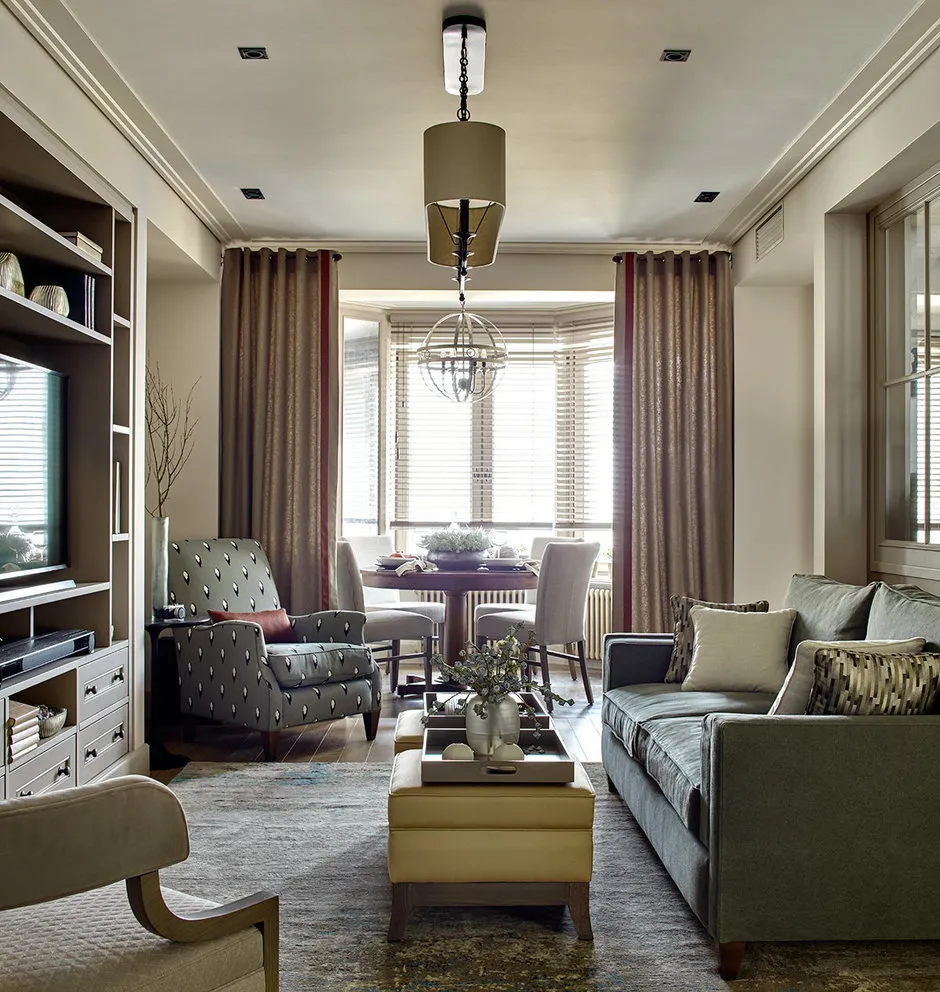 Design: Anna Pavlovskaya
Design: Anna Pavlovskaya3. Installing Lights
In one way or another, every room needs ceiling lighting. Both options are a plus: spotlights and pendant lights can be installed in any of the ceilings, just like hiding all the wires.
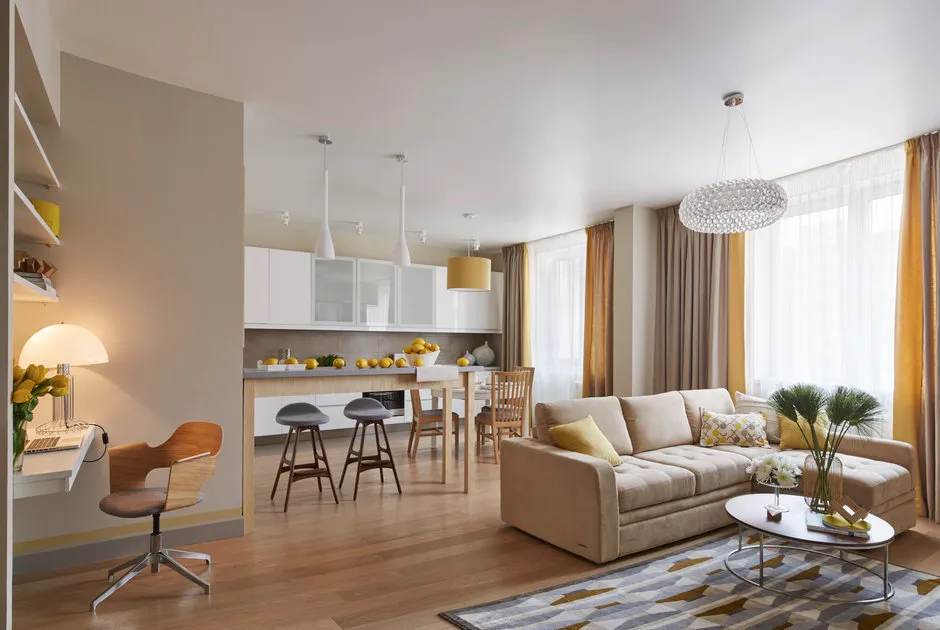 Design: Bon Home Design
Design: Bon Home Design4. Durability
It's not only about installing a ceiling but also choosing a covering that won't need to be redone every two years. Also consider possible emergencies: for example, leaks from neighbors.
A suspended ceiling will hold water if your neighbors flood you from above and protect furniture and floors. But due to sagging and stains, it will have to be replaced – as in the case of cuts and punctures. The material doesn't like low temperatures either: on a cold balcony, the canvas becomes rough and may start crumbling.
A suspended ceiling is more durable and resistant to mechanical impact. However, it won't protect against leaks from above: if water gets in, gypsum board swells and disintegrates. Constant humidity is dangerous – so it's better to avoid using it in bathrooms. Cold, however, doesn't scare the gypsum board ceiling.
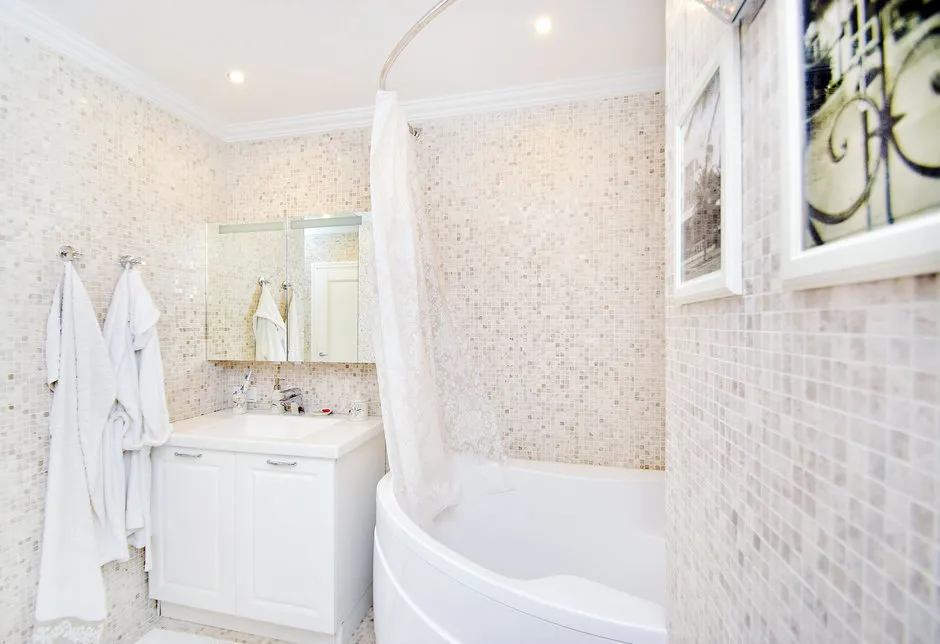 Design: Anastasia Ushakova
Design: Anastasia Ushakova5. Maintenance
How to keep a pristine white ceiling and how much effort does it require?
The most you need to do for a suspended ceiling is regular but not frequent damp cleaning.
Over time, you'll need to repaint faded areas of the gypsum board sheet.
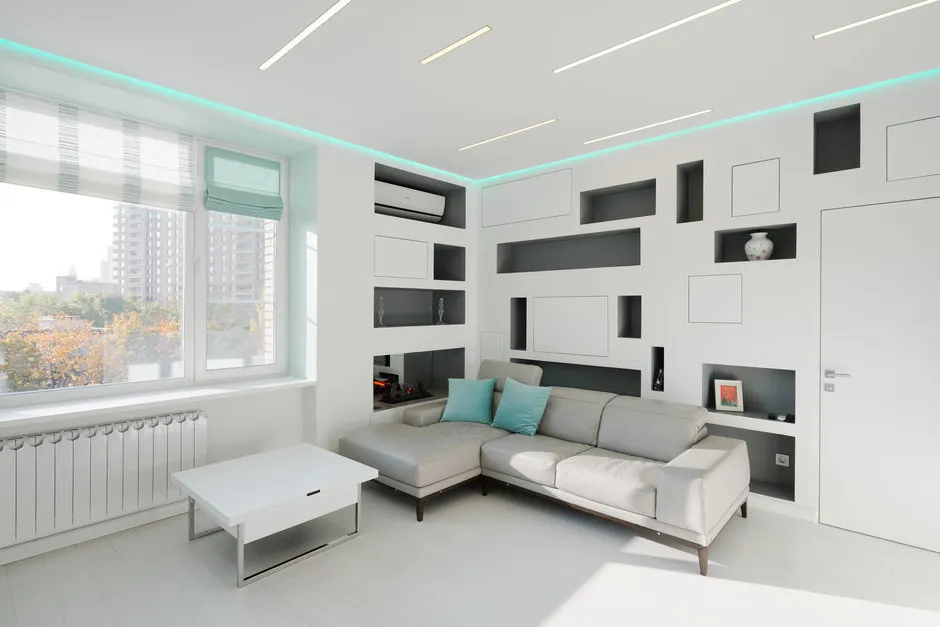 Design: Shamсудin Kerimov
Design: Shamсудin Kerimov6. Appearance
There are many design options and uses for suspended and suspended ceilings. Your choice depends only on your ideas.
Suspended ceilings come in carved, multi-level, photo-printed versions, and color palettes consist of hundreds of colors and shades. Plus, you can choose between glossy and matte surfaces.
There are also many decoration options for suspended ceilings: you can cover the gypsum board sheet with wallpaper or paint it to your taste. Only suspended ceilings are suitable for multi-level ones.
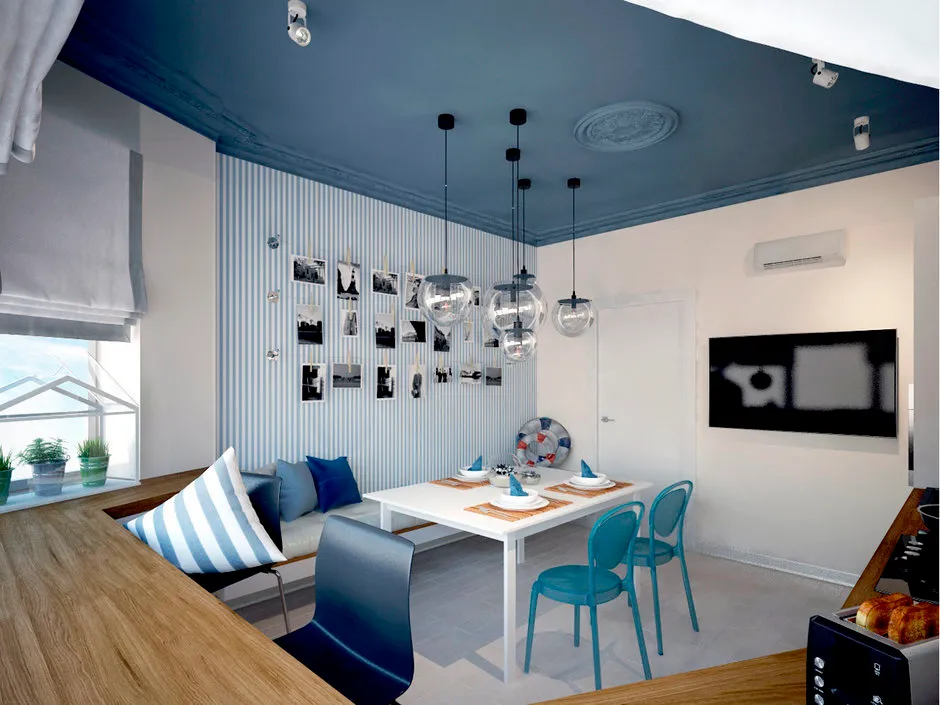 Design: Olga Pogorelova
Design: Olga PogorelovaOn the cover: Bon Home Design design project.
More articles:
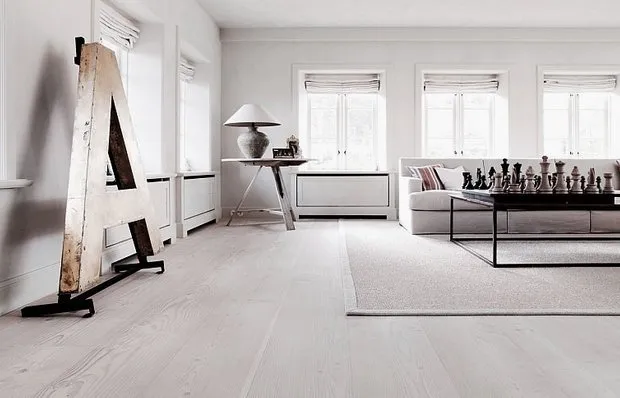 How to Make a Perfectly Flat Floor Yourself
How to Make a Perfectly Flat Floor Yourself Fines, Taxes, Interest: What Will 2017 Bring Us
Fines, Taxes, Interest: What Will 2017 Bring Us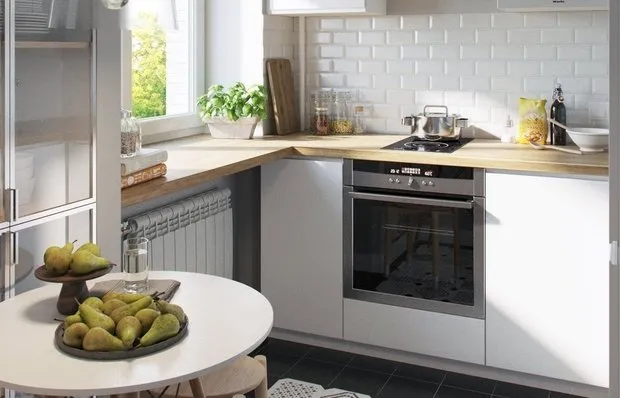 3 Best Layout Options for a Rectangular Kitchen
3 Best Layout Options for a Rectangular Kitchen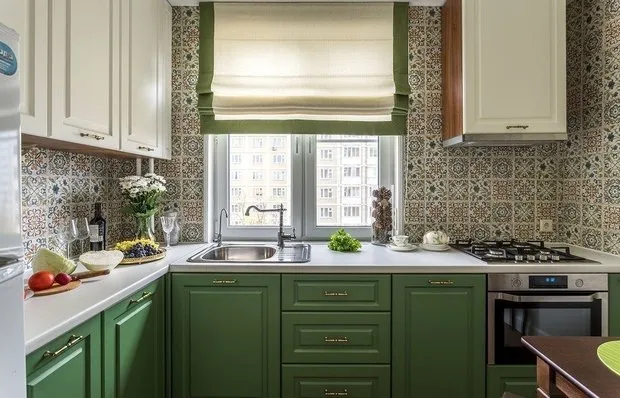 How to Make a Small Kitchen Comfortable: 10 Proven Ideas
How to Make a Small Kitchen Comfortable: 10 Proven Ideas 3 Kitchen Layout Options in a Panel House
3 Kitchen Layout Options in a Panel House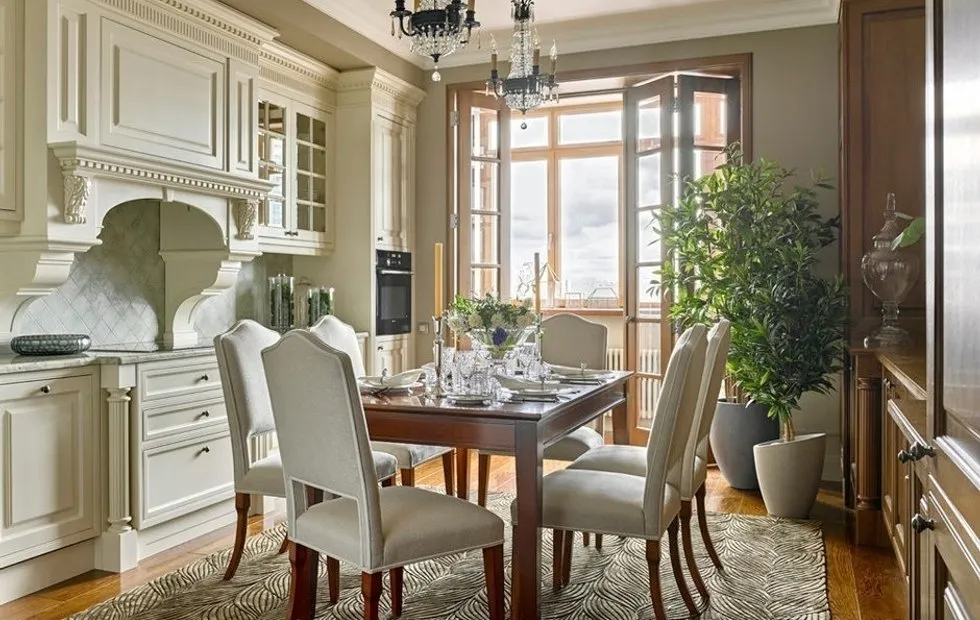 10 Best Apartment Interiors by Designers
10 Best Apartment Interiors by Designers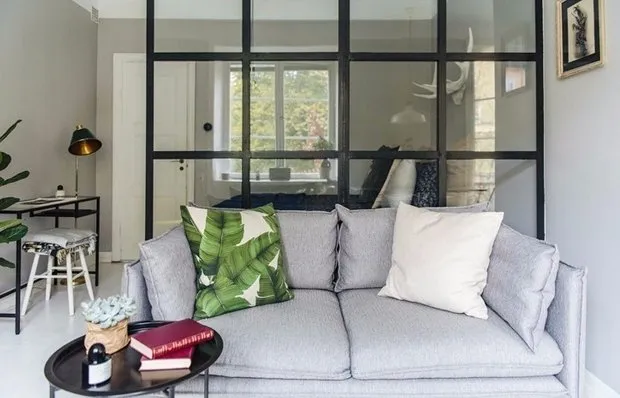 How to Arrange a Kitchen, Living Room, and Bedroom in a 38 Square Meter Apartment
How to Arrange a Kitchen, Living Room, and Bedroom in a 38 Square Meter Apartment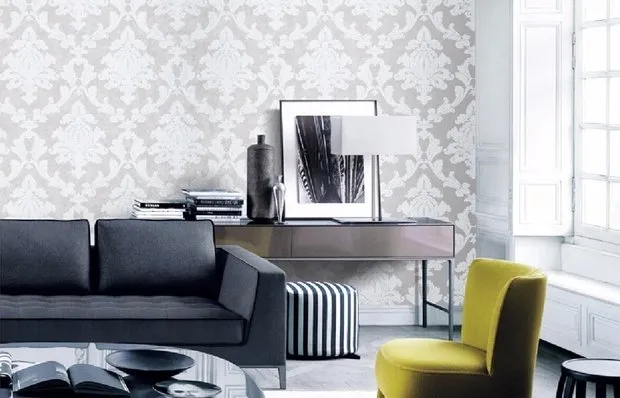 How to Level Walls and Ceilings Made of Gypsum Board
How to Level Walls and Ceilings Made of Gypsum Board